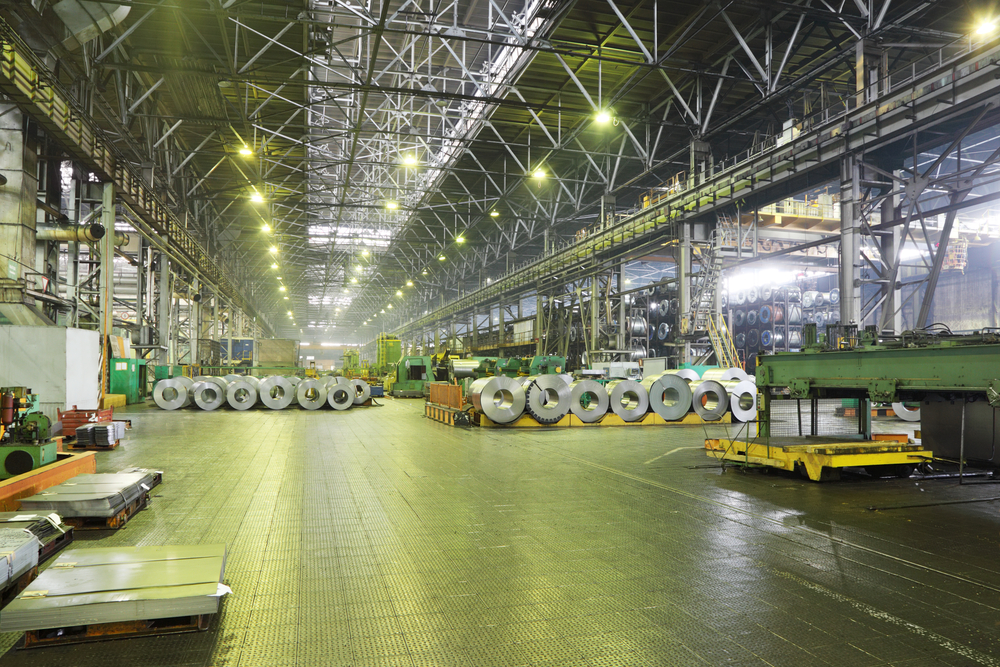Regardless of your industrial setting, oxygen depletion is one of the greatest hazards encountered on a regular basis. With the loss of oxygen, the chances for fires or sudden explosions are heightened along with the toxic gas buildup in a particular area. Thankfully, there’s a solution for oxygen depletion in the world of gas detection. Discover the advantages of oxygen depletion sensors for your individual application.
Due to the risks associated with oxygen depletion, companies are re-examining ways to keep their workplaces safe. Additionally, state and federal regulations have become more stringent, making oxygen depletion sensors a priority in your gas detection system. Here are some beneficial aspects of oxygen sensors you may not be aware of.

Detection Analysis
When it comes to electrochemical toxic gas sensors, one of the most useful features is detection analysis. With this feature, you can read analyze various electrical currents that are produced by oxidation. By doing so, the sensors can perform a detailed analysis of various types of equipment, enabling them to detect current or future problems before they turn into disasters.
While an alarm controller or siren will alert you to a gas leak or malfunction, the analysis feature ensures that your operation will continue unhindered. By having a constant check on the levels of oxygen in your area, your maintenance personnel can have the accessibility needed to make necessary repairs or equipment replacement.
Accurate Configuration
Being able to rely on accurate configuration is necessary for any facility, especially for on-site supervisors and safety engineers who may be located in monitoring centers miles from the facility. Through the use of specialized sample container units, an electrochemical gas sensor can help offsite monitoring systems the ability to stay ahead of dangerous conditions.
For example, sensors can provide timeline displays that show fluctuations in oxygen concentrations, giving technicians the ability to find the core problem. In the same way, oxygen sensors can also be calibrated to measure concentrations of hazardous substances at the same time. Not only do these functions keep the workplace safer, but they also allow monitoring centers to alert supervisors should a crisis occur that warrants evacuation.
Undetected Leaks
Above all, having a gas sensor to monitor the oxygen level in the air is vital to helping you find leaks in pipes, valves, or other areas where it may be difficult for other sensors to do so. Along with confined spaces, research labs, utility stations, and various types of processing and manufacturing facilities continued to need 24/7 monitoring.
By being able to find undetected leaks, your sensors will allow your safety processes to remain accurate and reliable when compiling data. Keeping a tab on nearby gas leaks will also help provide data in real-time to safety engineers. This ability to monitor the amount of oxygen in a specific area helps protect employees, especially when engineers need to determine the best course of action to escape harm.
Keeping a Tab on Your Facility’s Gas Levels
Along with being able to monitor specific equipment, oxygen depletion systems allow industrial operations the ability to keep a constant check on all of the toxic and inert gases in their vicinity. From offshore drilling platforms to confined spaces within chemical processing plants or refineries, an oxygen depletion sensor is a vital component of any gas detector.
Would your facility benefit from a sensor calibrated to measure a room’s oxygen levels? Get in touch with our team for a solution to meet your needs.

